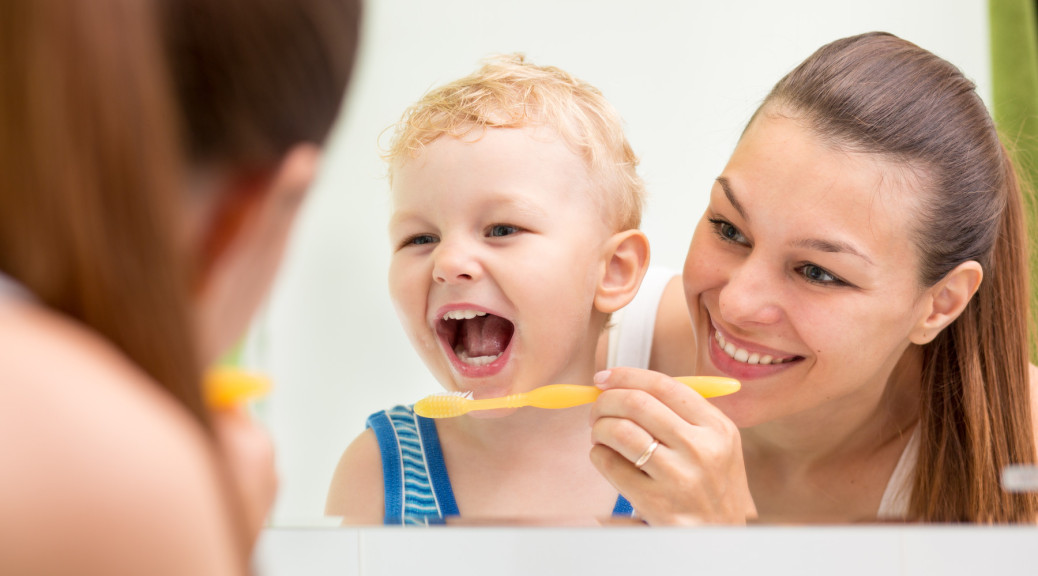Good oral hygiene helps prevent tooth loss due to gum disease (periodontal disease) and cavities. Periodontal disease and tooth decay are due in part to bacterial plaque (biofilm). Biofilm sticks to the teeth along the gumline and constantly grows larger and thicker. By daily brushing and flossing, we are able to remove those bacteria and help stop and prevent periodontal disease and dental decay.
Tooth Brushing (Manual Brush)
When brushing the sides of the teeth with a manual brush, angle the brush 45 degrees towards the gumline so the bristles point towards the gums. Using a gentle movement, vibrate the toothbrush in a circular motion for 4-5 seconds. To make sure you do not push what you cleaned into the gums, flick the toothbrush away from your the gums. When you are done the outside surfaces of the teeth, make sure you do not forget to do the insides surfaces in the same way.
Next you will brush the biting surfaces of the teeth. Use gentle strokes to clean all the grooves on the teeth. When brushing your teeth, look in the mirror to make sure the bristles touch all of the surfaces of the teeth and reach the gumline. After brushing, rinse your mouth well to remove any plaque and food that you brushed off.
If you have any questions about tooth brushing, ask your hygienist or dental assistant for more information.
Tooth Brushing (Electric Brush)
When brushing the sides of your teeth with an electric toothbrush, place the brush against the tooth and just let the brush do the work! Do not move the toothbrush quickly across the teeth. Slowly lift and place the electric toothbrush on each tooth, moving from one side of the mouth to the other. Let the brush do the work!
Once you are done with the outsides, don’t forget to brush the inside surfaces as well. The biting surfaces are cleaned the same way, by placing the brush on the tooth surface and letting the electric brush vibrate the plaque off.


